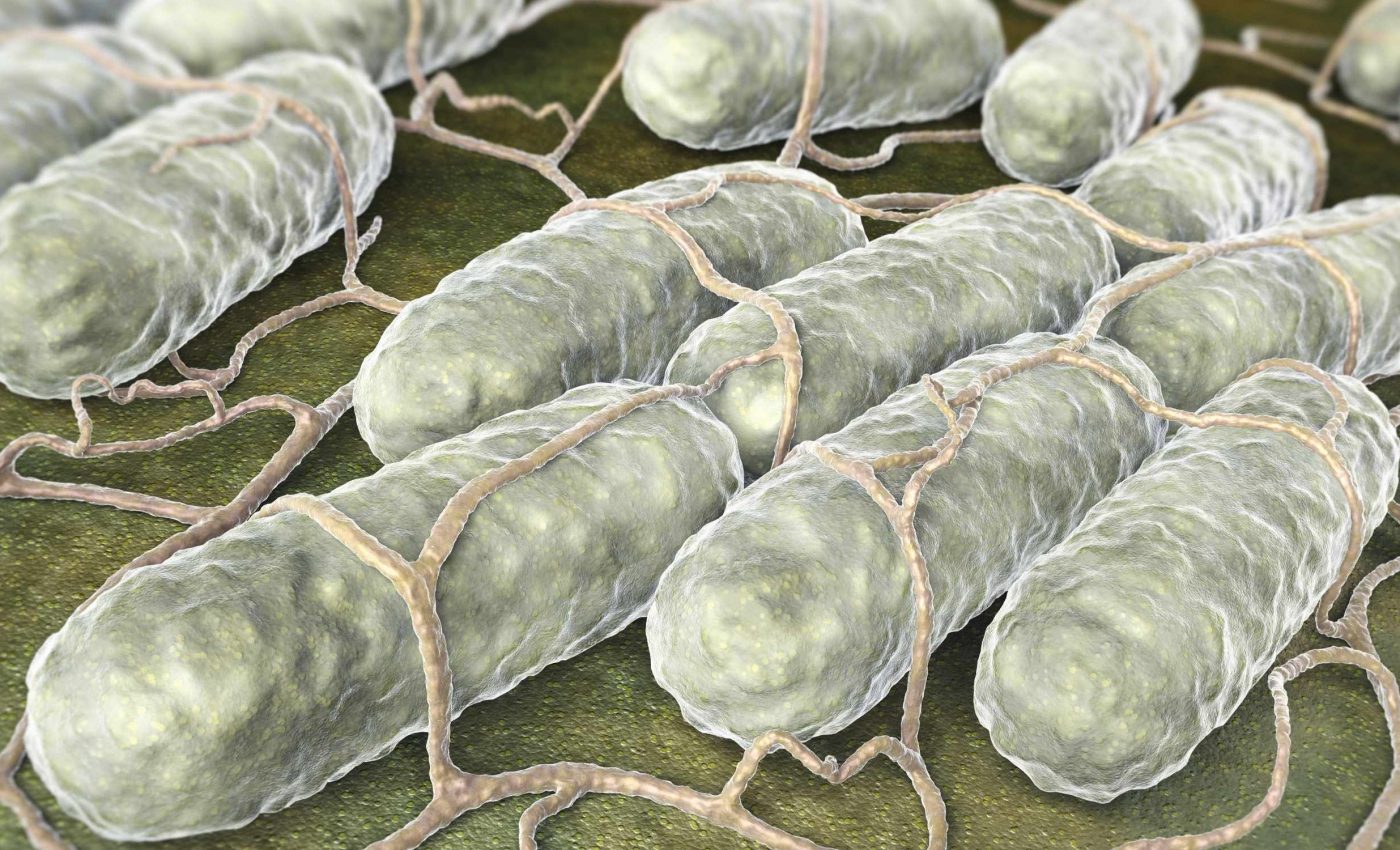
Bacteria that causes deadly fever may be spreading in a new host
A team working in Brazil’s Amazon National Park found DNA from bacteria in the Bartonella group inside local sand flies. The sequences look close to two Andean species that are known to make people sick, but the Brazilian strain has not been tied to illness in people.
The word Bartonellosis refers to infections caused by Bartonella bacteria that can linger in the body and cause long running problems in people and animals. Doctors know it from cat scratch disease, which is caused by Bartonella henselae.
Sand flies and Bartonella bacteria
The work was led by Marcos Rogério André at the Faculty of Agricultural and Veterinary Sciences, São Paulo State University (FCAV), with collaborators at the University of São Paulo (UNESP).
Sand flies are tiny, night active insects that feed on blood and can carry microbes. They are widely known for spreading leishmaniasis, and some species can harbor Bartonella.
“Bartonellosis is a neglected disease,” said André. There is more research still to be done on this disease. A CDC page explains that Bartonella can spread through fleas, body lice, and sand flies.
That mix of vectors makes the ecology messy and the risks uneven from place to place.
Discovery in the Amazon
In a recent study researchers analyzed 297 non-engorged female sand flies from Pará and detected Bartonella DNA in 12.6 percent of the tested insects.
The genetic markers used in the analysis grouped some sequences near Bartonella bacilliformis and Bartonella ancashensis, which are linked to human disease in the Andes.
The flies were processed individually and were not freshly blood fed, a choice that helps reduce the chance of detecting DNA left over from an animal meal.
That detail strengthens the signal that Bartonella is present in the local sand fly populations rather than merely hitching a ride in recent blood.
The study does not report human illness in Brazil linked to these Amazon genotypes. It flags a pattern that merits follow up rather than a cause for alarm.
Bartonella bacteria and Andean region
Carrión disease occurs in high Andean areas at about 3,000 to 10,000 feet and is spread by Lutzomyia sand flies.
The new sequences found in a lowland rainforest setting raise scientific questions about how these bacteria evolve and move across habitats.
Finding close relatives of Andean lineages in the Amazon does not prove the same disease risk. It does point researchers toward the insects and animals that may connect these regions biologically.
“The next steps are to continue investigations involving more populations of phlebotomine sand flies and other diptera from different biomes in search of these strains,” said Eunice Aparecida Bianchi Galati, from the School of Public Health at the University of São Paulo.
What the illness can do
Carrión disease has two phases, an early blood infection called Oroya fever and a later skin phase called verruga peruana.
The early phase hits red blood cells and can be severe without prompt care, while the skin phase produces vascular bumps that may last for weeks or months.
Not all Bartonella infections behave the same way because different species target different tissues.
Some cause short lived fevers, others cause swollen lymph nodes or slow infections that hide in the body and flare in people with weak immune defenses.
Carrión disease stays linked to specific sand fly species and to certain places. That is why ecologic details, like altitude, climate, and local insects, matter for risk.
What this means for public health
The Amazon finding supports more surveillance of sand flies and the animals they bite.
Health workers in areas with frequent sand fly contact sometimes see fevers of unknown cause, so laboratory panels that include Bartonella testing can help answer tough cases.
People who live or work near forest edges can lower bite risk by using long sleeves, pants, and repellents approved for skin.
Homes and lodges that reduce insect entry at night can also cut exposure, especially during rainy months when sand flies are active.
Clinicians already watch for Bartonella in people scratched by cats, since cats can carry Bartonella henselae.
The Andean link adds a second context in South America where sand flies, not cats, are the concern.
Bartonella bacteria and Oroya flu
Field teams will map which sand fly species carry Bartonella and how often. Laboratory groups will culture these bacteria, compare their genes, and test whether they infect cells from people or animals.
Ecologists will look for wildlife hosts that act as reservoirs. If certain mammals feed local sand flies often, their blood could maintain the bacteria in nature and set the stage for spillover.
Genomic work can reveal whether the Amazon genotypes share key traits with the Andean pathogens.
If the genes that help bacteria attach to red blood cells or blood vessel walls are missing or changed, the human risk could be lower.
Detection of DNA in insects is an early warning, not a diagnosis in people. Public health moves forward by pairing field patterns with careful clinical observation and tests that confirm infections in patients when they occur.
The Amazon team did exactly what science requires when a pattern appears. They documented the signal, compared it with known pathogens, and called for targeted studies to learn whether there is a real threat to people.
The study is published in Acta Tropica.
—–
Like what you read? Subscribe to our newsletter for engaging articles, exclusive content, and the latest updates.
Check us out on EarthSnap, a free app brought to you by Eric Ralls and Earth.com.
—–













